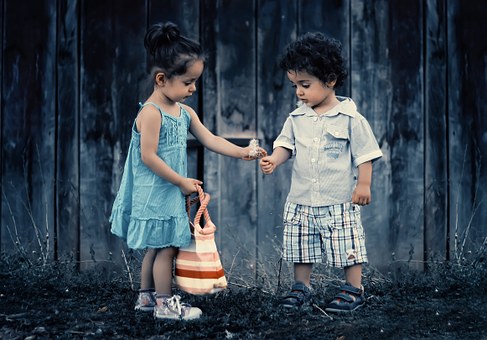
Each year at the start of a new class, we have the unique opportunity to design our classroom and curriculum to provide the best possible learning for our students. We start the year off energized for a positive and productive year. This excitement lasts until one or more of our friends presents us with challenging behavior. As the year progresses, we are less energized and excited. It is my hope that implementing the following strategies will prevent those challenging behaviors from ever occurring and leave you energized and excited until next summer!
- Build authentic, positive relationships with the children, their parents, and your colleagues. If parents and children see and feel the positive relationship you have with them and the other teachers in the class, they are less likely to engage in challenging behaviors.
- Design beginning of the year activities to build relationships with the other students in the class. If students have positive relationships with their peers, they are less likely to engage in conflict with each other.
- Use the form, “My Teacher Wants to Know” (available on the websites below) to learn more about each individual child. This is a non-intrusive way to find out what the home environment is like. You can also use the information to provide authentic reinforcements for children.
- Create no more than 3 classroom behavioral expectations. Determine what your new group of students needs to be reminded of in terms of behavior and make those your expectations. Include students in this if developmentally appropriate.
- Intentionally teach the behavioral expectations. What it looks like, what it doesn’t look like. Review each and every day and quite possibly at each transition.
- Use visuals to provide directions. Visuals become more powerful than our voice as the year goes on. Use visuals for: transition, daily schedule, routine steps (handwashing, toilet steps, etc.), classroom behavior expectations.
- Plan for social and emotional skill development into each part of your day. Incorporate feeling vocabulary and activities into your morning routine; read a social/emotional book each day; role play problem solving strategies each day; play games that require turn taking, friendship skills, etc. each day.
- Use the natural teaching opportunities throughout the day to practice problem solving, label emotions, acknowledge pro-social behavior, encourage empathy.
- Use the 5:1 model for positive reinforcement. Children will repeat the behaviors you call out. For every one directive you give a child, they need 5 positive reinforcements.
- Smile, laugh, play and read to your students each and every day.
The Technical Assistance Center on Social and Emotional Interventions (TACSEI) and the Center for the Social and Emotional Foundations for Early Learning (CSEFEL) are FREE resources for the early learning classroom. They have resources for you and your parents: ready to print visuals, social stories, information sheets, etc. The research supporting the above prevention techniques are also available on these websites.
1. http://challengingbehavior.fmhi.usf.edu/
2. http://csefel.vanderbilt.edu/
My hope is that by implementing the above 10 ideas, you will be able to prevent ongoing, challenging behaviors in your classroom. Give it a try!

